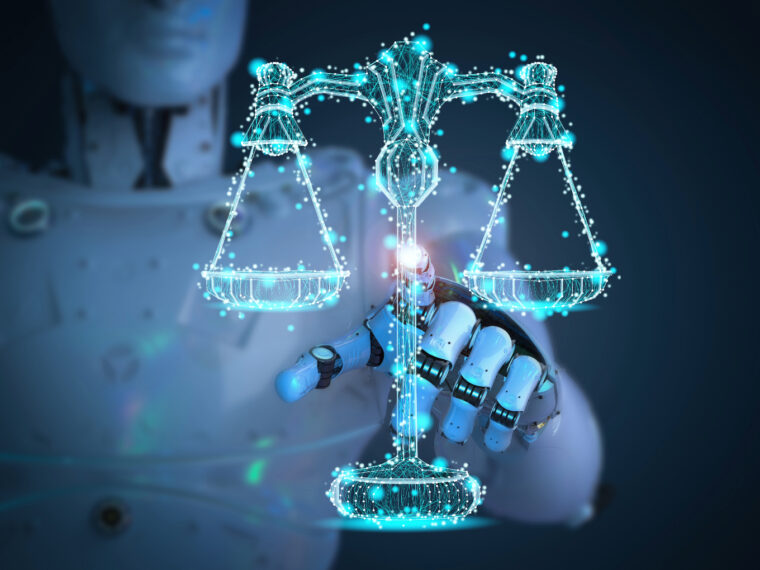The last year has shown the value of innovative uses of data and analytics, as companies shifted to accommodate rapidly changing circumstances. At the same time, other firms struggled to keep up, with some wrestling with issues of how to gather, use, and manage data.
“The gap has widened between those who are leaders in analytics and those who are laggards,” according to Cindi Howson, chief data strategy officer at analytics platform provider ThoughtSpot.
At the recent MIT CDOIQ Symposium, Howson outlined six trends in data, analytics, and artificial intelligence that can help orient data leaders in a shifting landscape.
1. Companies continue bold momentum.
COVID-19 forced companies to react and pivot quickly to stay afloat. Now it’s time for firms to be more strategic and intentional about where they focus innovation and investment efforts,
Howson said.
There are some lessons to be learned from the beginning of the pandemic, though. While fear of the unknown often holds organizations back from investing in new initiatives, the pandemic showed the benefits of pivoting quickly and investing in new things. Restaurants that quickly embraced online ordering and medical providers that adopted telehealth options came out ahead, she said.
As companies try to keep up that momentum for transformation, Howson recommended three things to keep in mind:
- Accelerate cloud migration plans.
- Use this disruptive time to challenge the status quo.
- Focus on the first 1% of change. While it’s good to strategize for long-term planning, businesses should focus on taking first steps towards change, such as a first use case with the cloud or strategic analytics — something that’s a quick win and aligned with business value. “Redefine the skills, redefine the processes, rinse, repeat. And then scale across the organization,” Howson said.
2. Customer experience analytics take center stage.
Things like supply chain and operating costs don’t matter if a company doesn’t hold on to customers, Howson said. Businesses have many touch points with customers, from in-person and digital sales to call centers. “Bringing all this data together so you have a holistic view of the customer is important,” Howson said. This is where newer concepts such as data fabrics and data lakehouses might be valuable. Companies should also be sure to analyze different forms of interactions, such as using voice analytics to look at how customers interact with chatbots or call centers.
3. Those who leverage external data outperform competitors by double digits.
External data can provide valuable early warning signs about what’s going on. For example, Hershey’s Chocolates used external data during the pandemic to predict a growth in the number of people using chocolate bars for backyard s’mores and a decline in sales for smaller bars of candy for trick-or-treating.
To take advantage of external data, companies should start with a business problem, and then think about what possible data could be used to solve it, Howson said. Companies might need to modernize data flows — some companies haven’t leveraged external data because they’ve been focused on internal data, while others have found data hard to transfer.
“The range of data sources has exploded,” Howson said. “The only thing lacking here is really your imagination.”
4. CDOs lead the charge toward a data-driven culture.
Throwing new technology at employees without giving them time and training to adapt and figure out new skills and processes is not effective, Howson said. Chief data officers need to champion people change management, showing employees how they — and the company — can gain time and efficiency with data. CDOs also need to make a plan for upskilling workers to take full advantage of new technology.
“How can we create a data-fluent world, or a data-driven organization, if people, business leaders, everyday decision-makers, are afraid of data?” Howson said.
5. Data science loses its luster.
Data scientists shouldn’t panic, Howson said. But some companies are finding that data and machine learning projects haven’t yet delivered returns and aren’t as impactful as they’d hoped. One way to turn this around is learning from failed experiments. “If you’re failing fast as part of experimentation, that’s good, you’re learning,” she said.
Lack of value from data projects is due in part to how data scientists are trained, Howson said. “We overemphasize the coding and the math, and they don’t know how to apply this in a business context,” Howson said. “We need to rebalance this.” This includes deemphasizing coding skills, increasing emphasis on business knowledge, and improving communication skills, including making data storytelling a part of the data training curriculums.
6. Data exposes wide gaps in equity — and also empowers change.
In 2020, Americans faced a reckoning about racism, inequality, and inequity. Data and AI can play a role in creating or perpetuating these issues, Howson noted. Problems include biased data and lack of diversity in the teams working with data and building AI programs.
Mots-clés : cybersécurité, sécurité informatique, protection des données, menaces cybernétiques, veille cyber, analyse de vulnérabilités, sécurité des réseaux, cyberattaques, conformité RGPD, NIS2, DORA, PCIDSS, DEVSECOPS, eSANTE, intelligence artificielle, IA en cybersécurité, apprentissage automatique, deep learning, algorithmes de sécurité, détection des anomalies, systèmes intelligents, automatisation de la sécurité, IA pour la prévention des cyberattaques.






